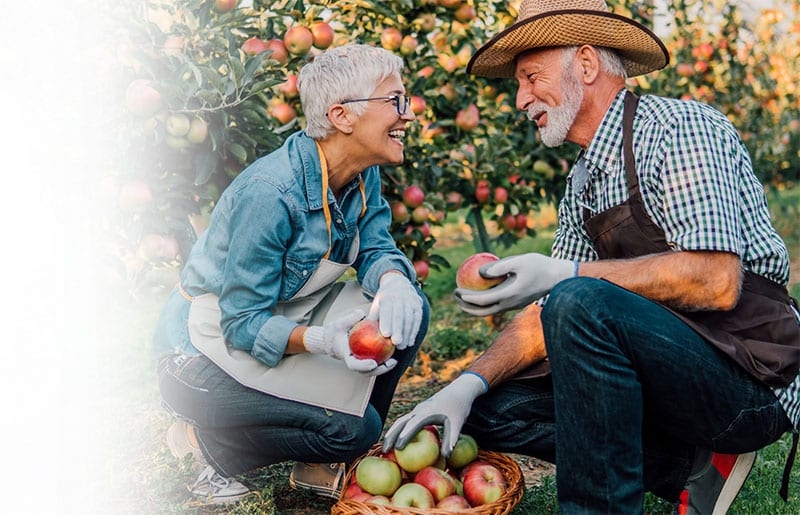
Food Trends: Zero Waste Cooking
If you are new to the concept of zero waste cooking, it involves using all parts of the food item, including leaves and peels. While food waste in America is very common today due to consumers not wanting to buy imperfect produce or lesser cuts of meat, “root-to-stalk”, or “root-to-stem” cooking has been common for centuries around the world. Much like the upcycled food movement, zero waste cooking is about reducing food waste and finding new ways to eat or use as much of the perfectly edible parts we may otherwise toss. Some chefs — both professional and at-home cooks — pride themselves on finding clever ways to use food and challenge themselves to leave nothing for the scrap bin. Learn more about zero waste cooking to find ways to try it in your kitchen!
No Waste Cooking Tips
- Save your vegetable scraps like peels and ends to make stock. You can freeze it until you are ready to make hearty winter soups!
- Get creative with your salads or roasted vegetable dishes by adding the greens from turnips and carrots, chopped kale stems, or beet leaves.
- When in doubt, slice it and pickle it! Then, use it as garnish for sandwiches or just as a tasty, tangy, snack.
- Save the stems – the stems on greens like kale, Swiss chard, and collards are full of fiber and nutrients. Sauté them and add to salads, or blend them in smoothies.
- Pieces from various vegetables can be used in sauces and dressings like pesto and marinades.
- If a fruit looks past its prime, freeze it and blend into a smoothie. You won’t even remember that it didn’t look good enough to eat!
Zero Waste Recipes
Many plants are edible from root to stem, we just don’t always think about the fluffy green parts on our beets or carrots as being usable, but they are! Same goes for the peels on things like apples, potatoes, and cucumbers — not only are they safe to eat, but they contain lots of nutrients. Here are a few easy zero waste recipes to get you started:
Carrot Green Chimichurri
This recipe explains how to cook with carrot greens, and combines them with oil, water, and spices to make a tasty sauce that works well with salads, steak, and roasted veggies.
Pickled Swiss Chard Stems
Remove the leaves and chop the stems and place in a mason jar. Add red onion, white vinegar, sugar, and spices and let sit for a few days. Soon, you’ll have tasty pickled stems to use as toppings or as a snack.
Radish Leaf Pesto
Pesto is an excellent dish for using random leaves or veggie pieces. This recipe can be used as a guide for any types of greens you have handy. Your pesto sauce can be used on pasta, meats, or as a dip for other vegetables.
What to Throw Out
Toss these parts, as they may be harmful and sometimes poisonous, especially to children or animals. While you’d have to eat a large amount to experience negative effects, it’s err on the side of caution and let these parts become food waste :
- The pits and seeds of apples and stone fruit such as mangos, apricots, pears, avocado, nectarines, peaches, plums, and cherries
- Rhubarb leaves and uncooked stems
- Potato leaves, eyes, sprouts
- Tomato leaves and stems
- Asparagus berries – while many people wouldn’t even know asparagus has berries, if you grow it in your garden be sure to ditch the berries as they can cause vomiting and stomach pain.

Join our Senior Wellness Society for the latest news on Medicare and tips for healthy living in San Diego!
Sign up now ›Are you looking for specialized medical care in San Diego?
Our directory has more than 850 doctors in San Diego County of various specialties who are available to help you.
Find a doctor